On this page, you can expect to find a comprehensive doctor office vocabulary list. There are various resources such as games, flashcards, and other tools to help you learn and practice the terminology related to this subject. Explore the links provided to enhance your understanding of doctor office vocabulary.
When visiting a doctor office, it is important to schedule regular check-ups to ensure optimal health and wellness. From routine physical exams to specialized treatments, doctors provide expert medical care to address a variety of health concerns. With a focus on preventative care and early detection, doctor offices play a crucial role in maintaining overall well-being. By establishing a strong patient-provider relationship, individuals can feel confident in their healthcare decisions and receive personalized treatment plans tailored to their specific needs.
Quick Facts
- Doctor offices are often equipped with medical instruments such as stethoscopes, blood pressure cuffs, and otoscopes.
- Patients typically visit doctor offices for preventive care, diagnosis of illnesses, and treatment of various medical conditions.
- Many doctor offices have waiting rooms where patients can fill out paperwork, watch educational videos, or read magazines while waiting to be seen.
- Doctor offices may offer telemedicine services, allowing patients to have virtual appointments with healthcare providers via video chat.
- Some doctor offices are part of larger healthcare systems, offering patients access to a wide range of medical specialists and services within the same network.
Doctor Office Vocabulary List
Check-in process

- I have an appointment with my doctor tomorrow morning to discuss my test results.
- The receptionist confirmed my appointment for next week with the specialist.
- I need to reschedule my appointment with the dentist because of a scheduling conflict.
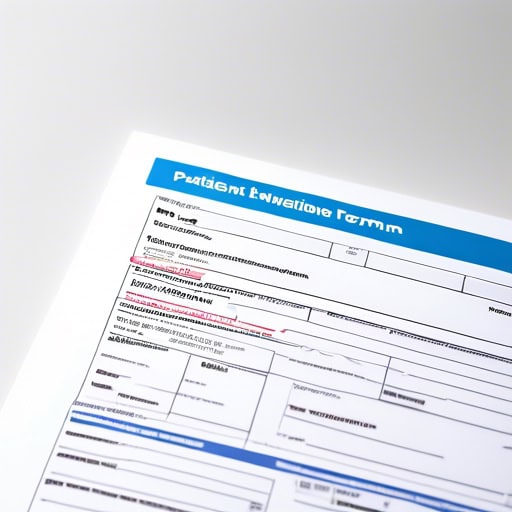
- Please fill out the patient information form completely before your appointment.
- The receptionist will ask you to complete a patient information form when you check in.
- All information provided on the patient information form is kept confidential.
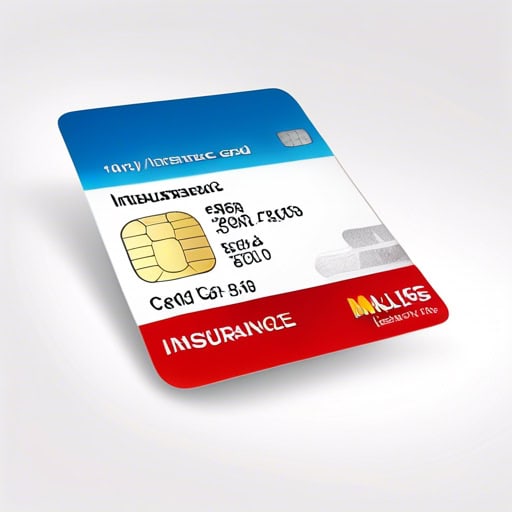
- I always make sure to keep my insurance card in my wallet in case of an emergency.
- Before your appointment, please remember to bring your insurance card for verification.
- If you lose your insurance card, contact your provider immediately to request a replacement.
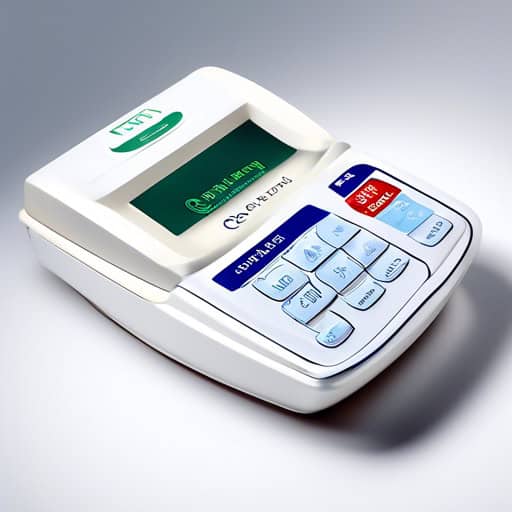
- I was surprised when the receptionist informed me that my copayment for the visit would be $20.
- After my insurance covered most of the cost, I only had to pay a small copayment for my prescription.
- The copayment for my annual physical exam was waived by my insurance plan.

- The doctor reviewed the patient's medical history before prescribing a new medication.
- Having a thorough understanding of a patient's medical history is crucial for accurate diagnosis and treatment.
- It is important to update your medical history regularly to ensure that your healthcare providers have the most up-to-date information.
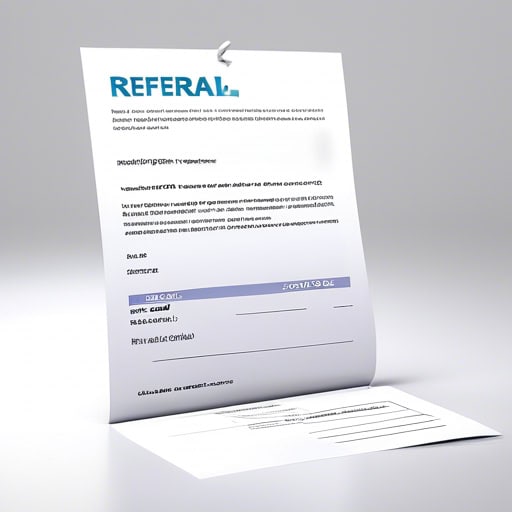
- The doctor made a referral for the patient to see a cardiologist due to concerning symptoms.
- After receiving a referral from her primary care physician, she scheduled an appointment with the dermatologist.
- The referral to physical therapy helped speed up the recovery process for the injured athlete.
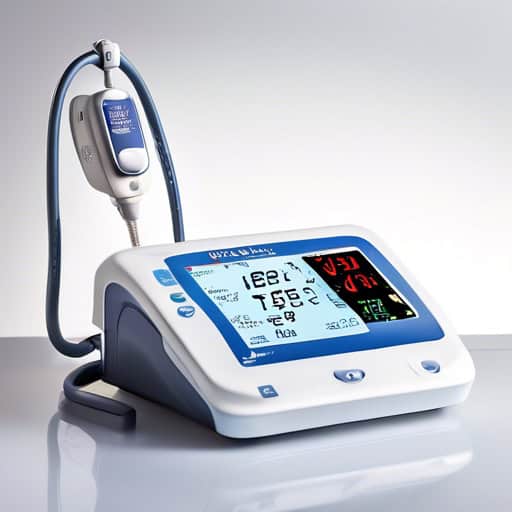
- The nurse checked the patient's vital signs before the doctor came in for the consultation.
- The paramedics monitored the patient's vital signs closely during transport to the hospital.
- The doctor noted that the patient's vital signs were stable and within normal ranges after the surgery.
Symptoms

- She had a high fever and was advised to stay in bed and drink plenty of fluids.
- The doctor prescribed medication to help lower his fever and relieve his symptoms.
- After a few days of rest and medication, her fever finally broke and she started feeling better.

- After a long day of work, I felt overwhelming fatigue as soon as I got home.
- The constant demands of caring for a newborn baby left me feeling drained and fatigued.
- The marathon runner pushed through the fatigue in the final stretch of the race to cross the finish line.

- I felt a wave of nausea wash over me as the boat rocked back and forth on the rough sea.
- The smell of rotten food coming from the garbage can caused my stomach to churn with nausea.
- After riding the roller coaster multiple times in a row, I had to sit down and close my eyes to calm my nausea.
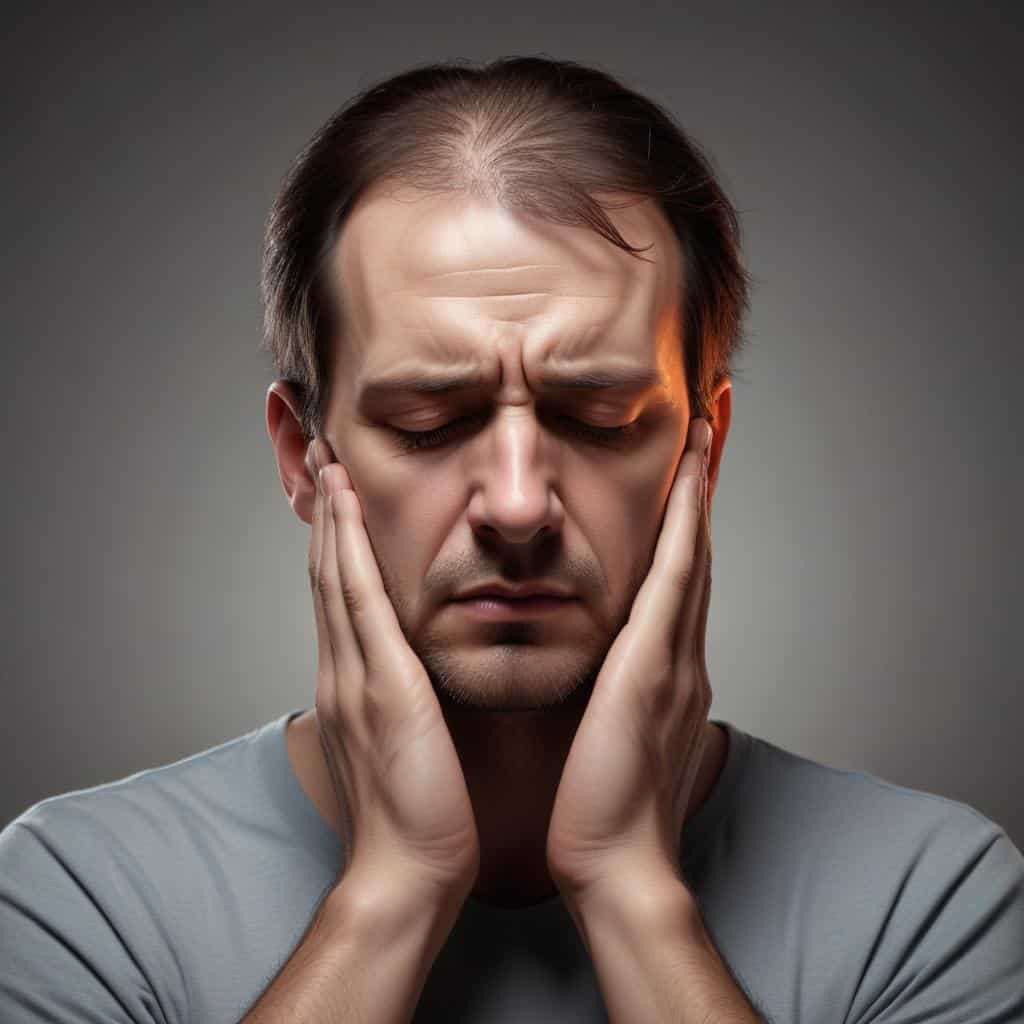
- I have a terrible headache after staring at the computer screen for hours without taking a break.
- The loud music at the party gave me a pounding headache that lasted until the next morning.
- Drinking plenty of water can help prevent dehydration and reduce the frequency of headaches.

- I experienced sudden dizziness while standing up from a seated position.
- The medication side effects caused me to feel nauseous and dizzy.
- She had to sit down quickly to avoid falling due to the intense dizziness.

- Every time I try to speak, I am interrupted by a persistent cough.
- She covered her mouth with a tissue to stifle her cough during the meeting.
- The cold air made him cough uncontrollably.

- I was feeling lightheaded and experiencing shortness of breath after running up the stairs.
- The patient presented to the emergency room with complaints of chest pain and shortness of breath.
- The doctor diagnosed the patient with asthma after experiencing frequent episodes of shortness of breath.
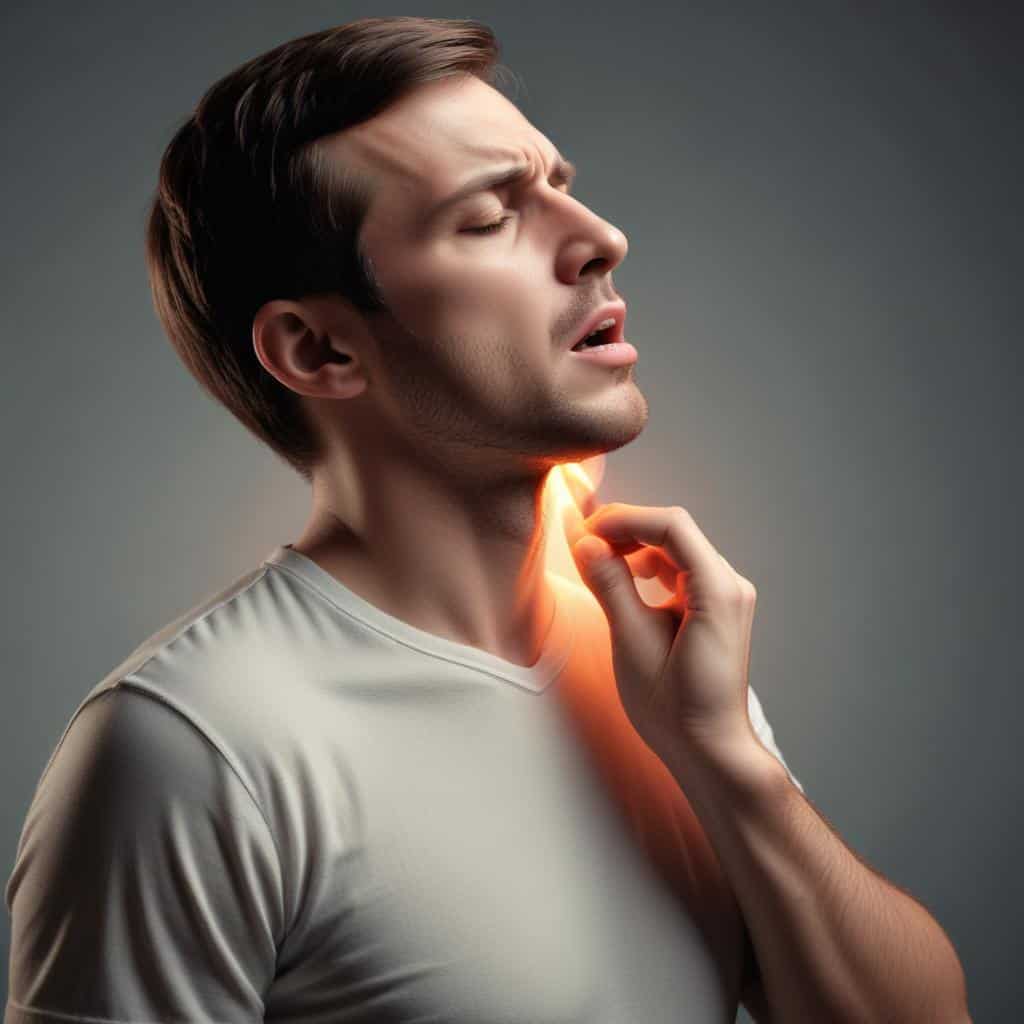
- My sore throat is making it difficult to swallow.
- I woke up with a sore throat this morning.
- Drinking hot tea with honey helped soothe my sore throat.
Examination
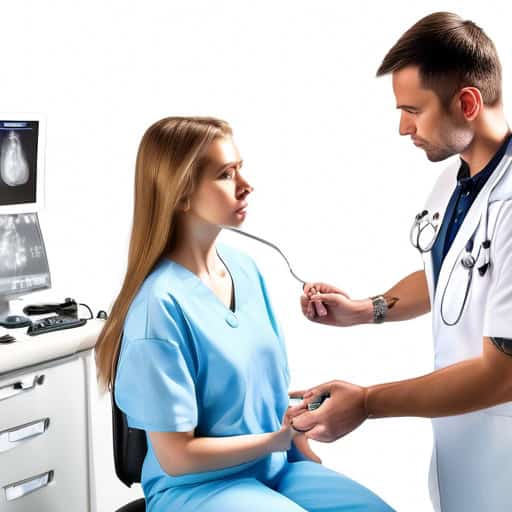
- During the physical examination, the doctor checked my heart rate and blood pressure.
- The physical examination also included checking my reflexes and listening to my lungs.
- After the physical examination, the doctor discussed the results and recommended some lifestyle changes.

- The doctor ordered a series of laboratory tests to determine the cause of the patient's symptoms.
- The results of the laboratory tests showed elevated levels of cholesterol in the patient's blood.
- Before starting treatment, the doctor reviewed the patient's previous laboratory test results to compare with the new ones.
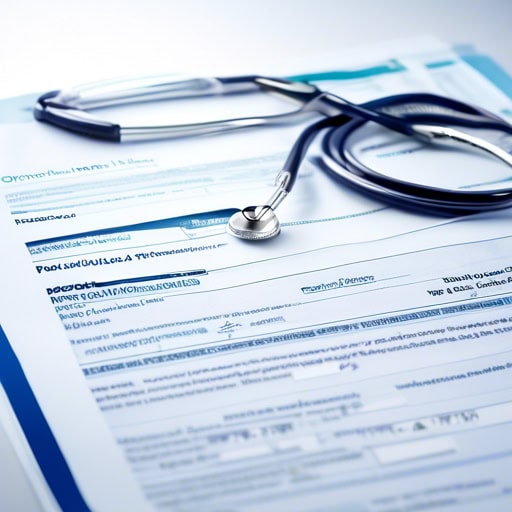
- During the intake process, the doctor reviewed the patient's medical history to better understand their overall health.
- The medical history indicated a family history of heart disease, which prompted the doctor to recommend regular screenings.
- It is important for patients to provide accurate information about their medical history to ensure proper treatment and care.
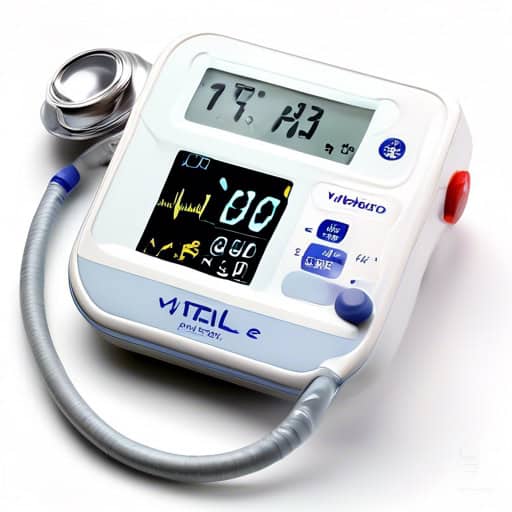
- Her vital signs were stable after the surgery, indicating a successful recovery.
- The nurse monitored the patient's vital signs closely during the night.
- The doctor checked the patient's vital signs before prescribing any medication.
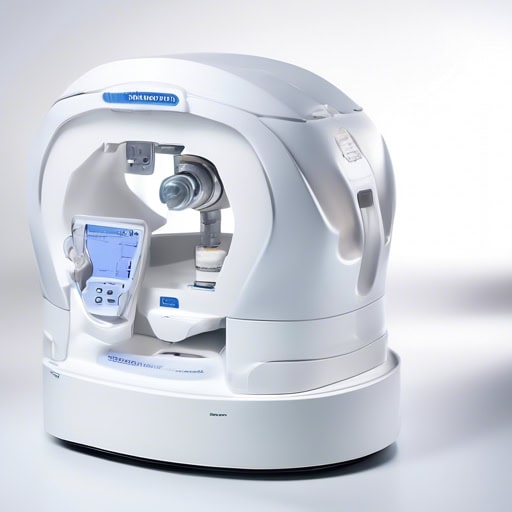
- Her symptomatology included a high fever, persistent cough, and shortness of breath, indicating a possible respiratory infection.
- The doctor carefully analyzed the patient's symptomatology to determine the underlying cause of their abdominal pain.
- The symptomatology exhibited by the patient suggested a potential allergic reaction to a new medication.
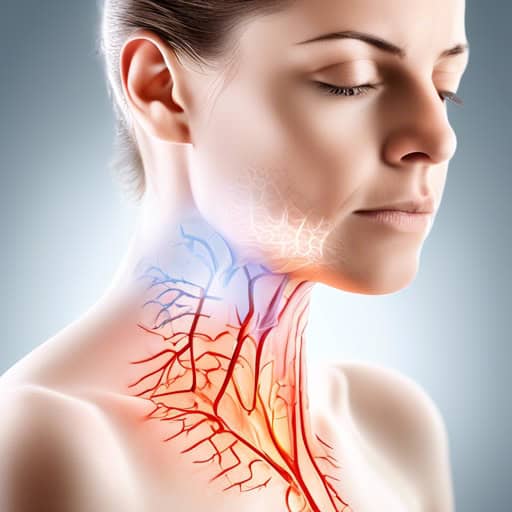
- The doctor performed a thorough differential diagnosis to determine whether the patient's symptoms were due to a stomach virus or food poisoning.
- After conducting a differential diagnosis, the medical team concluded that the patient's chest pain was likely caused by acid reflux rather than a heart condition.
- The veterinarian used a differential diagnosis to rule out various illnesses in the dog, ultimately identifying a skin allergy as the cause of the itching.
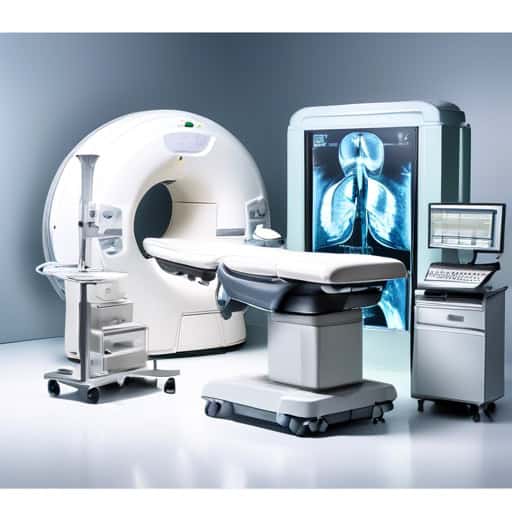
- The radiological examination revealed a fracture in the patient's arm.
- After the radiological examination, the doctor was able to confirm the presence of a tumor.
- The radiological examination provided detailed images of the patient's internal organs.
Diagnosis
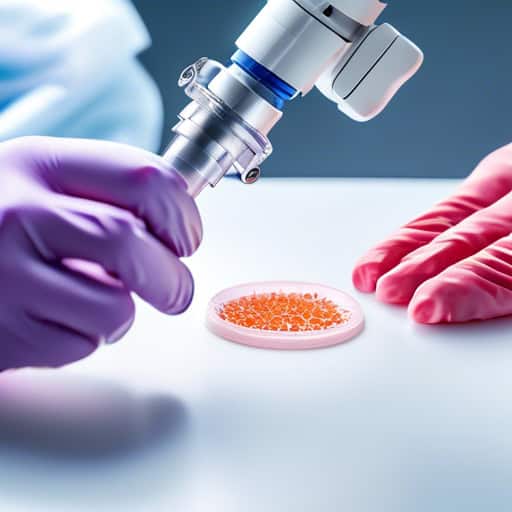
- The doctor recommended a biopsy to determine if the lump was cancerous.
- After the biopsy, the results showed that there were abnormal cells present.
- She was nervous about the biopsy procedure but knew it was necessary for her health.
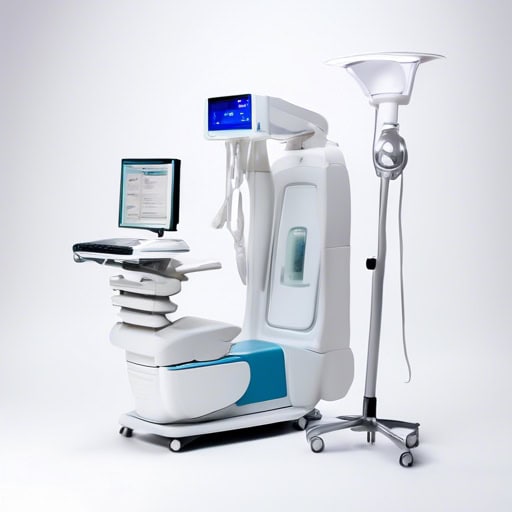
- After conducting a thorough examination, the doctor provided a diagnosis of pneumonia.
- The accurate diagnosis of the patient's condition helped guide the appropriate treatment plan.
- Receiving a diagnosis of cancer was a devastating blow, but the patient remained hopeful for a positive outcome.
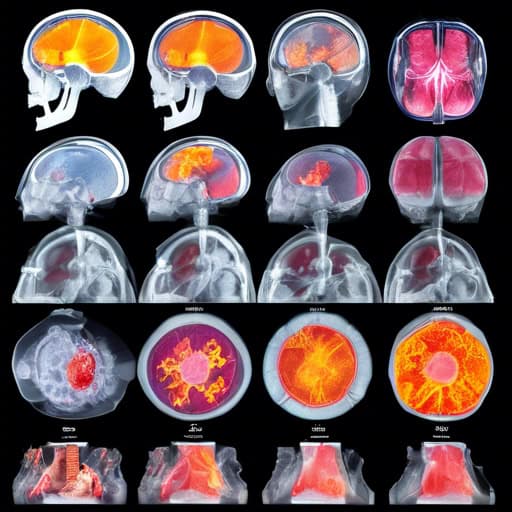
- The doctor ordered a series of imaging studies to determine the extent of the injury.
- After reviewing the imaging studies, the radiologist identified a suspicious mass in the patient's lung.
- The results of the imaging studies revealed a ruptured disc in the patient's lower back.

- The doctor ordered a series of laboratory tests to determine the cause of the patient's symptoms.
- After the laboratory tests were completed, the results showed that the patient had a vitamin deficiency.
- The accuracy of the diagnosis was confirmed through extensive laboratory tests.

- The doctor gave a favorable prognosis for the patient's recovery after surgery.
- The prognosis for the rare disease was grim, with a low chance of survival.
- Despite the initial poor prognosis, the patient showed significant improvement with treatment.
Treatment options
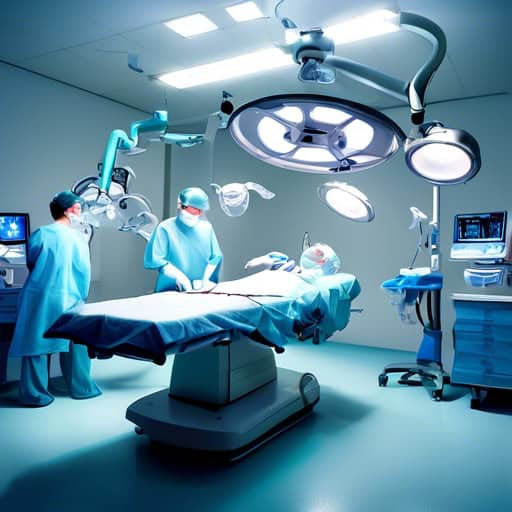
- My grandmother had to undergo heart surgery last week.
- The surgeon performed a successful surgery to remove the tumor.
- Recovery after surgery can be a lengthy process.
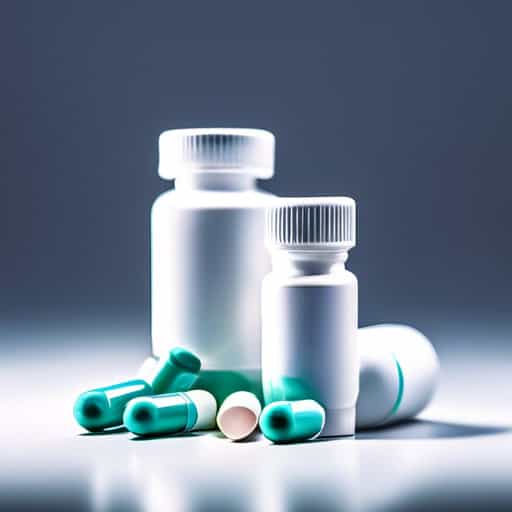
- She forgot to take her medication this morning, and now she's feeling more pain than usual.
- The doctor prescribed a new medication to help control his high blood pressure.
- It's important to always follow the instructions on the medication label and never take more than the recommended dose.

- I have been attending therapy sessions to help me work through my anxiety.
- After a car accident, I underwent physical therapy to regain strength and mobility.
- Therapy has been a crucial tool in managing my depression and improving my mental health.
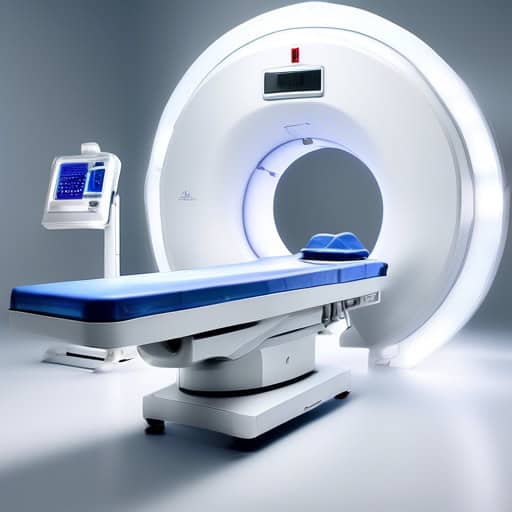
- Radiation can be an effective form of treatment for certain types of cancer.
- Exposure to high levels of radiation can be harmful to human health.
- Protective gear is often worn by workers in industries that involve exposure to radiation.
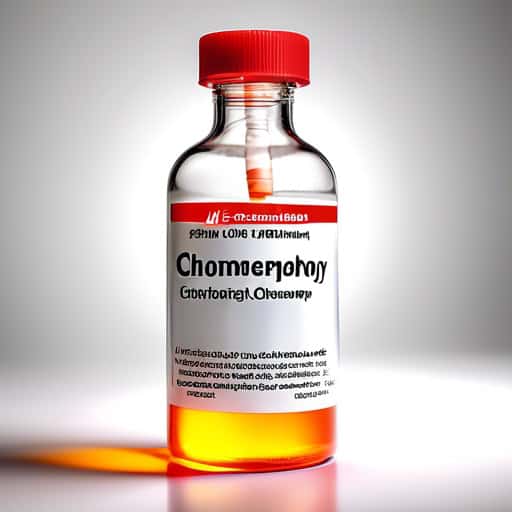
- My sister is undergoing chemotherapy for her breast cancer.
- The side effects of chemotherapy can be difficult to manage.
- Chemotherapy sessions can be emotionally and physically draining.
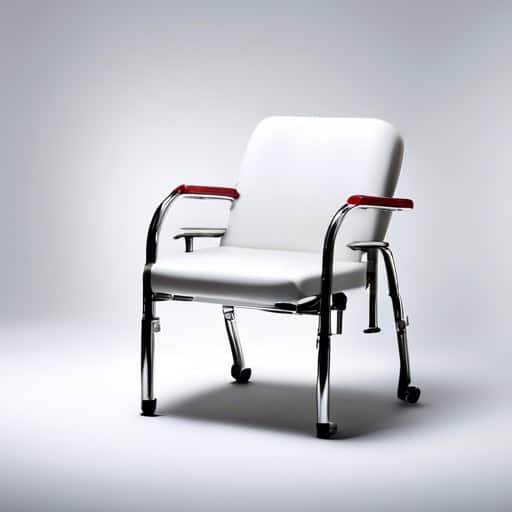
- After breaking his leg in a skiing accident, John underwent months of rehabilitation to regain strength and mobility in his injured limb.
- The rehabilitation center offers a variety of programs to help patients recover from strokes, including physical therapy, speech therapy, and cognitive training.
- The injured athlete was determined to fully commit to his rehabilitation program in order to get back on the field as soon as possible.

- I have been going to counseling to work through my anxiety and depression.
- Counseling has helped me understand my triggers and develop healthy coping mechanisms.
- I highly recommend seeking counseling if you are struggling with your mental health.
